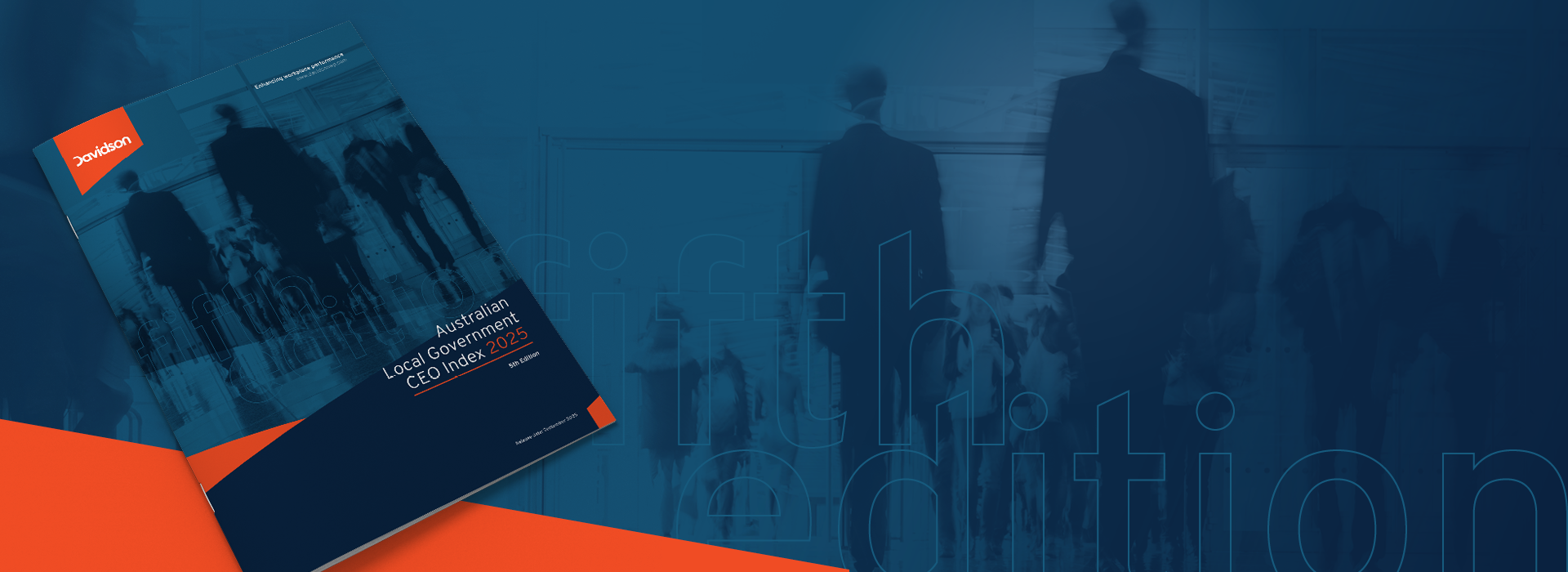Psychometrics and Safety – The numbers don’t lie
Discover how the use of psychometrics improves workplace safety. Reduce the workplace injuries of new hires, across safety critical roles, by a staggering 51%.

When assessing for safety, a candidate’s behavioural preferences only tell one part of the story. To get a complete picture of their propensity to work safely, Davidson tests for their abilities and mind-set, together with behaviours, to predict their likelihood of having a safety incident.
To support this, Davidson, over a period of 10 years, worked with one of Australia’s major rail and logistics organisations. Over 2 years, we assessed over 5,500 candidates. Our findings revealed that those employees who met the required safety benchmarks in our assessments were:
- 71% were more likely to lodge a near-miss incident report
- 6 times more likely to report a workplace hazard
And after adopting the assessment as part of selection, the organisation reduced workplace injuries of new hires, across safety critical roles, by a staggering 51%.
Those candidates who did not meet the safety benchmarks in our assessments were significantly more likely to have a work-related injury.
Specifically,
- not meeting benchmark for Zero Harm Assessment – 65% more likely
- not meeting benchmark for Situational Safety Awareness Assessment – 121% more likely
- not meeting benchmark for Understands Safety Instructions Assessment – 65% more likely
- not meeting benchmark for Visual Co-ordination Assessment – 65% more likely
- not meeting benchmark for Attention and Concentration Assessment – 65% more likely
Psychometric assessments aren’t just ‘best practice’, they drive real-world outcomes.
Davidson is your trusted expert on designing a strategy for the best use of psychometric assessments for your organisation.
Interested in learning more about Psychometric Assessments for Workplace Safety?
Read more
here.





